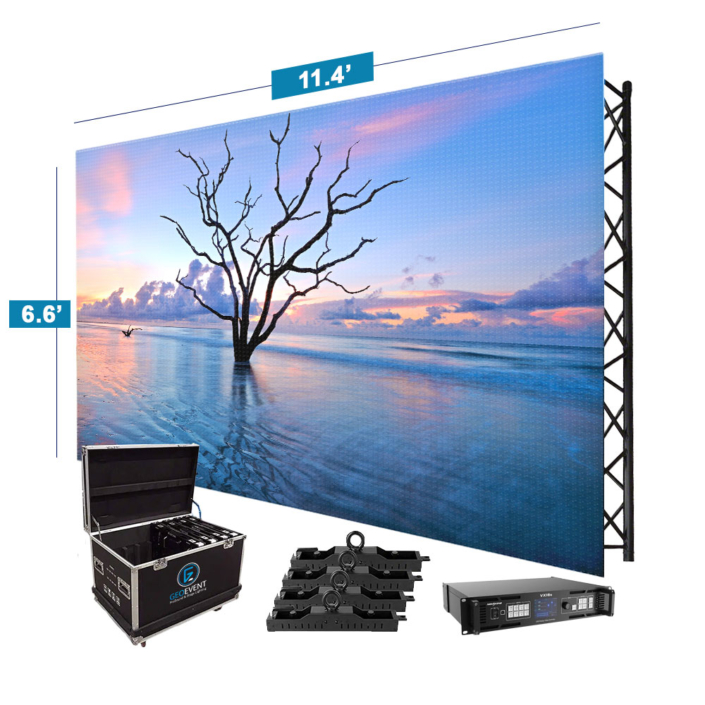Improving Output and Durability Through Advanced Heat Management in Digital Display Panels
Wiki Article
Light Emitting Diode display panels have become more and more prevalent across various sectors, such as marketing, entertainment, as well as also home design. Modern units provide vivid, dynamic displays that can attract attention and improve aesthetic impact. However, one key consideration of maintaining their efficiency and lifespan is efficient heat management. As luminescent panels function, they produce temperature rise. If this heat is not controlled appropriately, it can result in lowered illumination, hue precision, and even a shorter lifespan for the units. Therefore, knowing how to properly control heat is essential for maximizing the performance of Light Emitting Diode panel modules.

Heat dissipation in luminescent systems refers to the techniques implemented to manage and minimize the excess temperature created in the course of function. One frequent practice utilizes materials with superior heat transfer capability, for example alloy or copper. These materials can efficiently transfer heat out of the light-emitting parts, ensuring the system temperature within a safe threshold. Furthermore, the engineering of Light Emitting Diode wall panels holds a significant part in heat control. Panels that integrate heatsinks or airflow mechanisms permit hot airflow to dissipate while drawing in fresh currents, further supporting heat management.
Another critical consideration in effective heat management is appropriate installation and positioning of luminescent wall panels. Ensuring that there is sufficient room around the units facilitates enhanced airflow, which works to regulate them down. It is also important to refrain from positioning LED screens in confined environments where heat can become trapped. Rather, they should be set up in environments with good airflow to support efficient heat control. Professionals often recommend placing Light Emitting Diode units away from direct solar exposure or other thermal emitters to reduce the risk of excessive heat.
Regular maintenance of Light Emitting Diode displays is also essential for achieving efficient temperature dissipation. Dust and debris can build up on the outer layer of the screens and inside their components over time. This accumulation can limit ventilation and reduce the system’s ability to cool effectively. Wiping the outer areas periodically and verifying that any inside mechanisms are without clogs will help maintain optimal operation levels. Furthermore, inspecting indoor led video walls for any evidence of fatigue or defects can assist in preventing overheating problems before they become serious problems.
In conclusion, effective heat dissipation is vital for maximizing both the performance and longevity of LED wall panels. By using materials with strong thermal conductivity, ensuring proper installation and placement, and carrying out consistent servicing, owners can substantially improve their light-emitting usage. Recognizing these guidelines not only assists in preserving the quality of the click for info displays but also contributes to energy efficiency and environmental responsibility in display technology. As technology continues to advance, emphasizing temperature dissipation will continue to be an critical aspect of utilizing luminescent modules to their maximum capability.